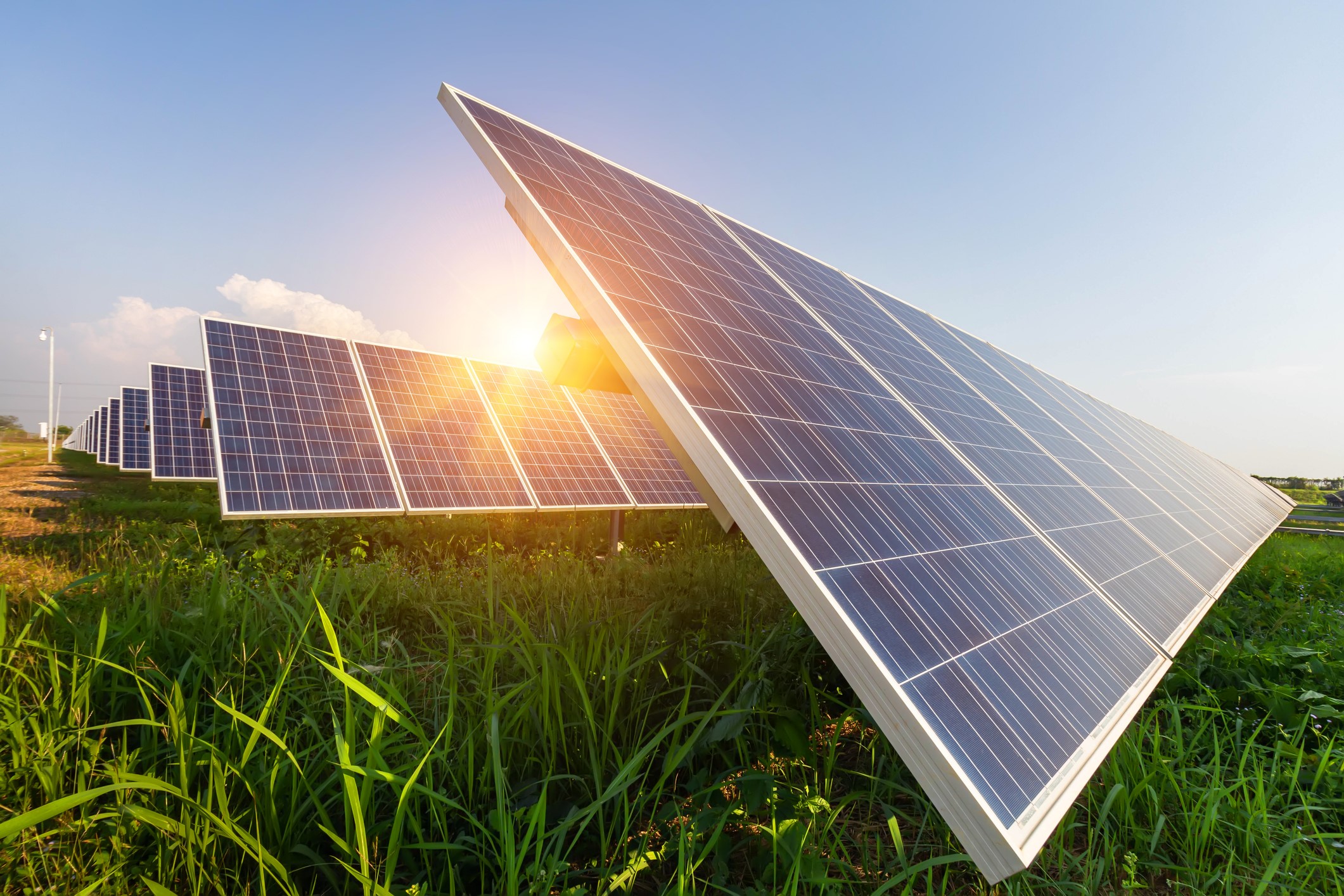Community solar is forecasted for exceptional growth the next five years. Wood Mackenzie forecasts at least 6 GW of community solar capacity to come online in existing markets between 2023 – 2027. That’s an annual average rate of 11%, largely driven by “an improved policy environment and revived developer interest.”
Policy is definitely key. SEIA reports 41 states, plus D.C., have at least one community solar project online, but state policy is what sets the stage for community solar growth. Only 22 states, plus D.C., have policies that support community solar, but Michigan, Ohio, Wisconsin, Pennsylvania, and Washington have legislation pending. The emergence of new markets and expansion of current popular programs in New England and Minnesota is why the Coalition for Community Solar Access (CCSA) is still targeting 30 GW of community solar by 2030.
The combination of fresh community solar markets with incentives in the Inflation Reduction Act (IRA) have piqued developer interest. Community solar projects are well positioned for 10% tax credit adders tied to low-income communities and energy communities. The EPA’s $7 billion Solar for All funding opportunity is another potential boost.
Commercial solar developers and Independent Power Producers (IPPs) are also noticing the return on investment available for a 10 MW community solar project, or a multi-GW community solar portfolio. Plus, many community solar projects have that feel-good benefit of directly serving renewable energy and energy bill credits to local, lower-income homeowners.
Looming O&M Crisis?
An influx of developers in this burgeoning solar segment is exciting, but this is where mistakes in operation and maintenance (O&M) planning often happen.
“Developers want to move, and community solar deals are complex and competitive,” explained Trish Graf, former Vice President, Sales & Strategic Partnerships at Omnidian. “They have to secure the land lease. They have to secure financing. They need an outreach plan for subscribers. For those new in solar, the question of who takes care of the project long-term isn’t always top-of-mind until it’s too late.”
Given the larger PV system size of community solar projects, owner/operators can find themselves drowning in alerts. To make matters worse, three issues in particular are starting to merge and impact even well-conceived O&M budgets:
1. Underestimating Operating Expenses (OpEx)
Developers know what their capital expenditure is going to be, and dial in their financial models, but they can fall into a trap of underestimating or forgetting about OpEx.
“On a weekly basis I’m working with clients on how much they should budget per megawatt for preventive maintenance (PM), and how much they should budget for unplanned maintenance,” Graf said. “Things are going to break, unfortunately, and there’s only so much you can plan for ahead of time.”
Additionally, there are considerations related to large ground-mount sites that developers may not be factoring in, such as vegetation management and panel washing. Mowing and other landscaping requirements to ensure peak production can often equal — if not exceed — budgets for PM.
This one isn’t a new issue, but OpEx is only going to increase because…
2. Prevailing Wage Requirements
The IRA is growing interest in community solar; it’s also adding costs and complexity due to prevailing wage rules.
“These rules are brand new,” Graf said. “So, when you’re budgeting, the cost is going to be greater on average than it used to be, and it will vary depending on where the project is built.”
Budgeting properly for prevailing wage still might not be enough going forward because…
3. PV Technician Shortage
The solar industry already has a shortage of qualified PV technicians. This is only going to become a bigger issue going forward. Prior to working at Omnidian, Graf worked in the wind industry and saw how a lack of qualified technicians can stall business. She also witnessed how the situation can turn around.
“The wind industry fixed this by really driving conversations,” Graf said. Wind service technician is now one of the fastest growing jobs in the U.S., with the Bureau of Labor Statistics projections expecting a 68% increase in new jobs by 2030, about nine times higher than all other occupations tracked by the agency.
Until solar sees the same rise in qualified technicians, having access to an established service network is a competitive advantage.
Solution? The Premier Turn-Key Option
Omnidian is a leading provider of O&M services for behind-the-meter distributed generation, which increasingly includes community solar. Omnidian advantages for community solar project development and long-term ownership include:
- Omnidian’s proprietary technology (with over 2 billion data points) allows us to help in early-stage financial planning and performance modeling. For those interested, we can also backup our work with a performance guarantee (check if your bank requires it).
- For those who have multiple sites, we provide a single point of contact and unified reporting. Long-term, our technology plus our in-house solar experts help us pinpoint root causes of issues and decide rapidly on remediation plans.
- Our nationwide network of vetted PV service technicians. For even a single site, a community solar owner, by contracting with Omnidian for O&M, will instantly benefit from the lowest possible technician rates and priority in the job queue.
“It’s almost like being in a co-op,” Graf explained.
Speaking of co-ops, Omnidian is a member of the Amicus O&M Cooperative, a collaborative organization involving the highest quality solar installers in the nation. Amicus recently won a grant to develop solar training programs and further grow the industry workforce. So, we’re also doing our part to grow the next generation of PV specialists.
Bottom Line
Community solar is arguably the most exciting growth area for solar. State programs and federal incentives have created an enticing environment for new solar developers and asset owners to exponentially grow the industry the next decade. However, overlooking O&M will lead to disaster for project owners, community subscribers, and the industry overall.
- Solar developers and asset owners that underestimate O&M long-term will sink their project ROI.
- Those that properly budget and plan for it, but attempt to do it all in-house, are underestimating the burdens of monitoring MWs of solar and maintaining a quality service network.
Growing the solar industry (profitably) for a larger pool of developers, asset owners, and communities will require more PV specialists to shoulder the burdens of uptime and O&M.
Omnidian, as a single point of contact for all performance, production, and servicing needs – is the set-it-and-forget-it solution for any developer or owner.
“Newcomers into the marketplace just don’t know what they don’t know,” Graf said. “And contracting with Omnidian means they won’t have to. They focus on what they do best and let us handle the rest.”








